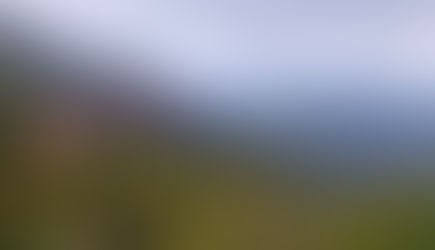THE 58TH VENICE ART BIENNALE | EXPLORATION OF MATERIALS AND TECHNOLOGIES
- Eleni Kyriacou
- Jan 11, 2020
- 3 min read
Updated: Sep 3, 2022
One of the things that excites me most about art and design is use of materials. For me trying to be innovative as a textile designer is one of the main drivers of my work. I’ve been told that my use of texture is something that is noticeable about my work. I do love to explore textures, I don’t know what it is about textures exactly that excites me the way it does, but it does. I also have always loved looking to engage in new technologies and techniques when I design, from smart textiles to laser cutting to print and so on. So, seeing artists either engage in traditional materials in innovative ways or engaging in the most state-of-the-art technologies to create art, was something I loved at this Biennale.
An example of an artist employing a traditional material into her artwork in a fresh way was Lee Bul. One of her pieces was a stunning wall hung piece, a mixed media, of acrylic, collage and mother of pearl on silk velvet. I had never seen mother of pearl used by an artist in this way before and it was astonishing. I loved the fact that asides from the physical beauty of this material, one associates it with its typical uses therefore making its reapplication in this way so much more unexpected and unusual. One associates both mother of pearl and silk velvet with beautiful antique furniture and decorative objects. Also, when applied (not it’s natural shell state), I think I have always seen mother of pearl inlaid into solids (as intricate designs and details), I have never seen it applied like this, in expressive large areas as though the material were emphatic brush strokes of paint, being used sparsely, layered in places, and on a soft fabric (not a solid). I loved the fact that these traditionally expensive materials normally seen in juxtaposition with other expensive materials, were in this instance set alongside broken pieces of varyingly textured glass and architectural imagery. A reminder of something man made along-side nature (the natural materials)? Is it artificial brilliance or artificial rubbish and waste alongside natural treasure/the treasure of nature? Re-contextualising the mother of pearl and the silk velvet immediately became incredibly thought provoking for me. The piece had a marine like quality too, was the indulgent use of an expensive material symbolic of greed and overindulgence in our waters for example. Over-fishing? Pollution? The greed of co-operations destroying the planet? One could go on and on.

Another example of a traditional material being used in a fresh way was Ulrike Müller’s use of enamel. Again, enamel being a material one associates with expensive objects such as jewellery and decorative objects. But also, enamel has been used a great deal in the making of religious objects and icons. Again, re-contextualised in this instance used to create contemporary, abstract wall hung pieces. Perhaps these organic looking forms could be seen as contemporary subjects in need of devotion, women? humanity? nature? The forms seem to merge and unite, is unity what one should worship? Are forms suggestive of love itself crafted in enamel for us to devote ourselves to or to appreciate as sacred?
One of the most exciting things I saw at the Biennale was a series of sculptures by Andra Ursuţa. I found them completely captivating. I was perplexed whilst looking at them, trying to understand how they were made. It transpired that they had been created through an ingenious new technology that I was unaware of – or rather a technique I was familiar with, but had never seen explored to this degree and applied in this manner. Initially constructed of studio rubbish and old clothes, the pieces are scanned and manipulated in a 3D modelling programme, 3D moulds are then printed, the sculptures are then cast in wax first and then finally in glass. Even in this instance where a sculpture is materialised in the most avant-garde way, the lost wax technique was still used in order to make them hollow which is one of the oldest techniques used in sculpture, so again it is often the merging of traditional and cutting edge techniques that can create the most exciting results. They are designed to be hollow and to have bottle caps on external points, and are also partly filled with liquid resembling liquor so as to give a sense that they are sculpted liquor bottles. I found them very imaginative, daring, fresh and evocative.

I also saw a continuation in the progression of interactive art. A memorable work was a series of interactive spaces assembled using apparatus resembling gym equipment. The audio visual experience was triggered once you had ‘entered’ the piece.
















































































Comments